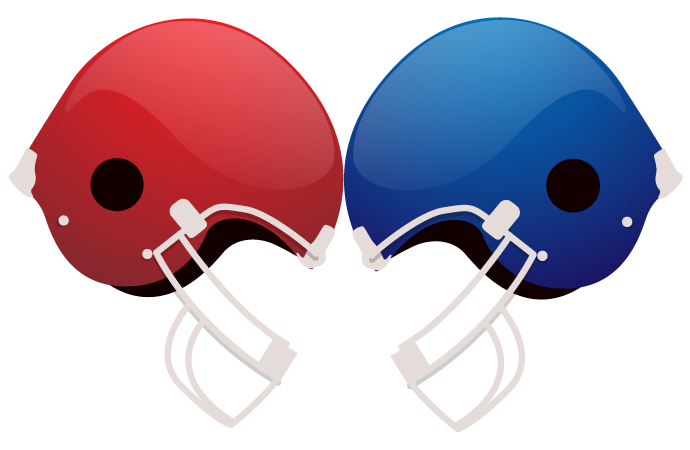ENGLEWOOD, Colo. — With starting quarterback Drew Lock expected to miss three to five weeks with a shoulder injury, the Denver Broncos have agreed to terms with Blake Bortles on a one-year deal, a source told ESPN’s Jeremy Fowler on Tuesday.
Bortles will start the mandated COVID-19 protocols, which will include multiple tests spread over four days.
Coach Vic Fangio on Monday said that the Broncos had brought in a quarterback and that the player wouldn’t be able to attend meetings or practice “until Friday or Saturday.”
Jeff Driskel will start Sunday’s home game against the Tampa Bay Buccaneers, and Brett Rypien is expected to serve as backup after moving from the practice squad to the roster.
1 Related
Moving forward, Bortles is expected to serve as Driskel’s backup.
Bortles, 28, was with the Los Angeles Rams last season and appeared in three games with two pass attempts. The No. 3 draft pick in 2014, Bortles spent his first five NFL seasons (2014 to 2018) with the Jacksonville Jaguars, playing in 75 games and throwing for 17,646 yards with 103 touchdowns and 75 interceptions.
The move comes as the Broncos deal with a cascade of injuries that included Lock and wide receiver Courtland Sutton in Sunday’s loss to the Pittsburgh Steelers.
Lock injured the rotator cuff of his throwing shoulder on a first-quarter sack by Bud Dupree, and an MRI confirmed Monday that the first-year starter would miss several weeks.
Sutton will miss the remainder of the season with a torn ACL.
Driskel played 64 of the offense’s 77 snaps in the game and finished with 18-of-34 passing for 256 yards with two touchdowns and an interception.
“I thought in light of the circumstances — coming in there cold, not getting many reps during the week — he doesn’t probably get as many [reps] as some of the backups around the league because Drew being such a young quarterback,” Fangio said. “Last week was a short week, so the reps were down a little bit in its entirety. I thought he did a good job.
“Yes, we’ll look moving forward to do what best suits Jeff. That’s something you always do when you have new players in there.”


